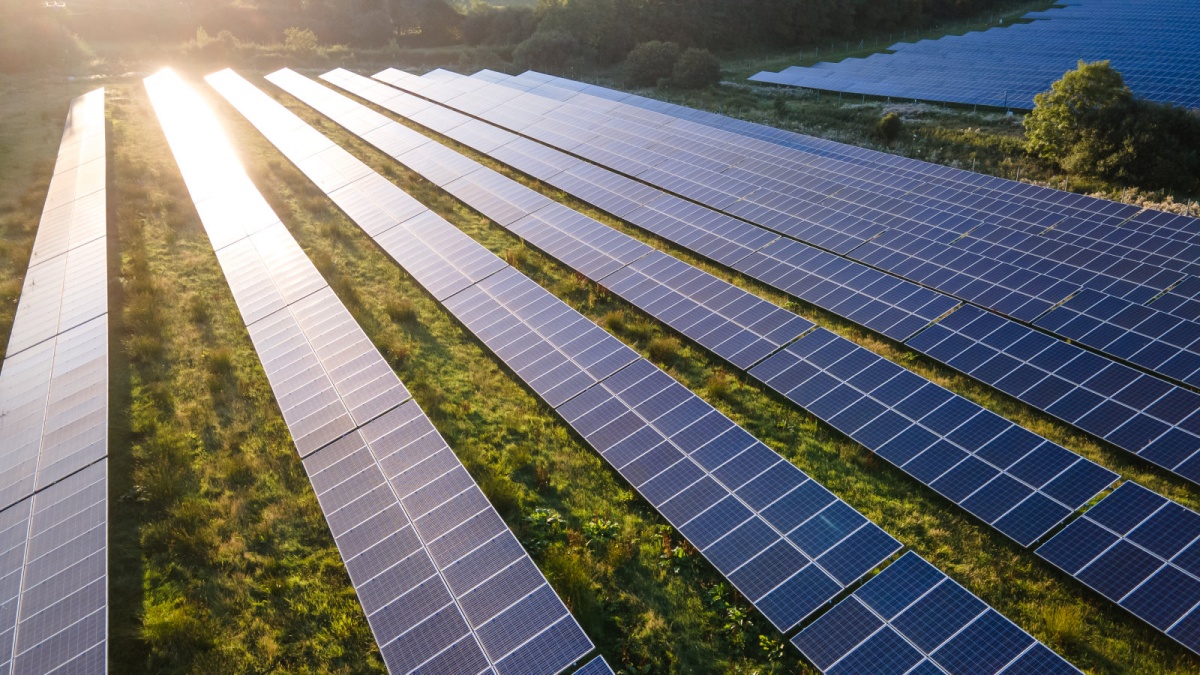
American think tank Edison Energy released the latest global renewable energy market report. The report shows that from the first quarter to the second quarter of this year, the average price of power purchase agreements (PPAs) in Europe and the United States has declined. The report authors noted that concerns remain about the solar supply chain and the cost of products needed for renewable energy generation in these regions. That said, they were generally positive about the impact of lower electricity prices and how PPAs could become more attractive to potential generators and buyers in the long-term.
Discussing the U.S. PPA market, the report's authors wrote: "Project developers are beginning to have a clearer picture of how they qualify for tax credits, allowing them to revise their assumptions about costs to meet these requirements, making renewable energy buyers more confident in the future. More Confidence in PPA Prices." Prices Fall, U.S. Confidence Shakes The report shows that the median U.S. PPA price fell 3 percent, or $2, to $59 in the second quarter of 2023. Edison believes this is due to a 30% increase in the size of the project portfolio owned by the Electric Reliability Council of Texas (ERCOT), which operates 90% of Texas' electric grid and has significant impact on the entire U.S. electric infrastructure. had a major impact.
Among the U.S. power companies covered by the report, ERCOT also had the lowest median PPA price in the second quarter of this year, with an average price of $53.75/MWh. Power company PJM, which represents several eastern states such as Indiana and Kentucky, posted the highest average PPA price of $72.46/MWh, and Texas solar prices are lower, which will encourage generators and
ERCOT is more proactive in the market, adding to the portfolio of utilities.
While PPA prices for both solar and wind have increased over the past three years, for all five of the largest U.S. utilities featured in the report, the report draws positive conclusions from the slowdown in the pace of these price increases. Edison researchers noted that the latest round of prices "suggests some moderation in the market, especially in the fourth quarter of 2022 to the first quarter of 2023."
after a sharp increase. "Some of the projects to reduce emissions from deforestation and forest degradation that were criticized by The Guardian earlier this year are trading at record low levels," the Edison researchers wrote in the report, acknowledging some possible damage to the U.S. Confidence in renewable energy power generation projects has been shaken. Despite the setbacks, developers remain optimistic as demand is expected to grow as climate commitments loom in 2025 and 2030. "
High variance and high demand in Europe
The Edison report shows that the volatility of PPA prices in Europe is much greater than that in the United States. From the trend point of view, prices have generally declined from the previous quarter. The EU PPA price index fell from about €88/MWh ($97.15/MWh) in the first quarter of this year to about €82/MWh in the second quarter, suggesting that the average PPA price in Europe is falling but has yet to reach the US level.
level. Among them, the average price of PPA in Poland is the highest at 110 EUR/MWh, which is
This figure is consistent with the first quarter of 2023, and Poland is also the only country to maintain the same price in both quarters of this year. At around €49/MWh, prices in Spain are the lowest among the countries surveyed. The change was most notable in the Netherlands, where the average PPA price jumped from €81/MWh to €90/MWh, surpassing the EU PPA price index for the first time since Q3 2022. While the impact of this volatility is unclear, Edison researchers expect the trend to continue, with more PPA activity in the coming years. "Following a year of political and price uncertainty, corporate interest continues to grow, with pricing and risk now more palatable to buyers than in the second half of 2022," the researchers wrote in the report. ."
"As PPAs account for an increasing proportion of decarbonization efforts, buyers also move closer to key corporate sustainability milestones in 2025 and 2030, which will further drive PPA activity." The report authors also noted that the overall Solar projects in Europe are under-applied and many governments do not approve all the solar tender capacity they offer. In 2022, Germany approved 2.9GW of solar tender capacity and provided 4.8GW of solar capacity; the Italian government approved 1.7GW and provided 3.4GW of renewable energy capacity. "However, we expect this trend to reverse in the medium to long term.
To meet the urgent need to strengthen government tenders and meet renewable energy targets, the EU and other forums are actively planning CFD reforms to make tenders more attractive. "